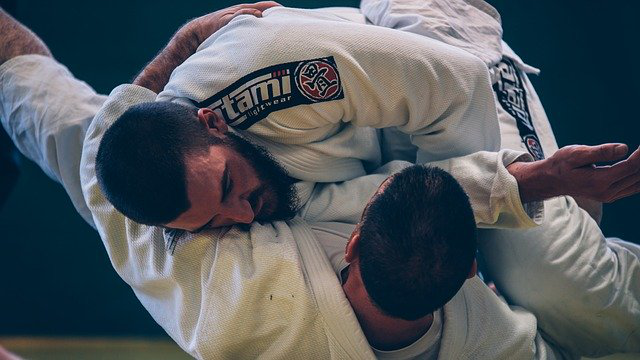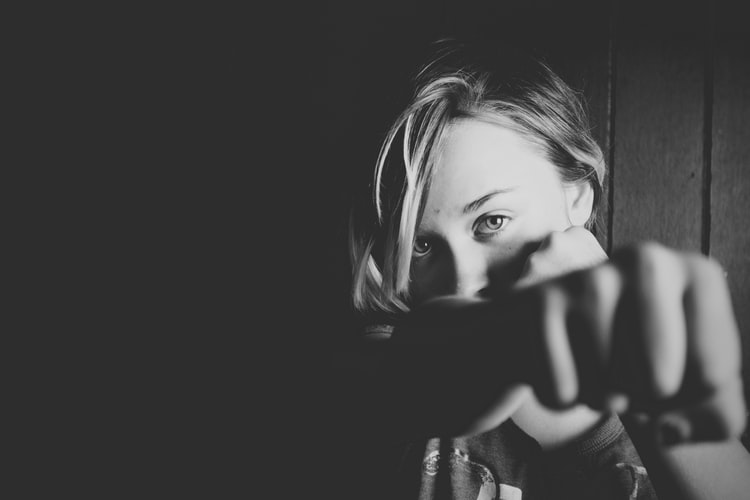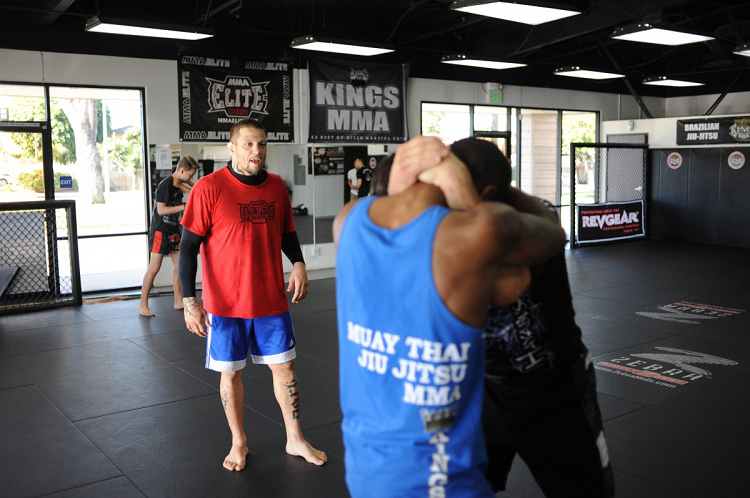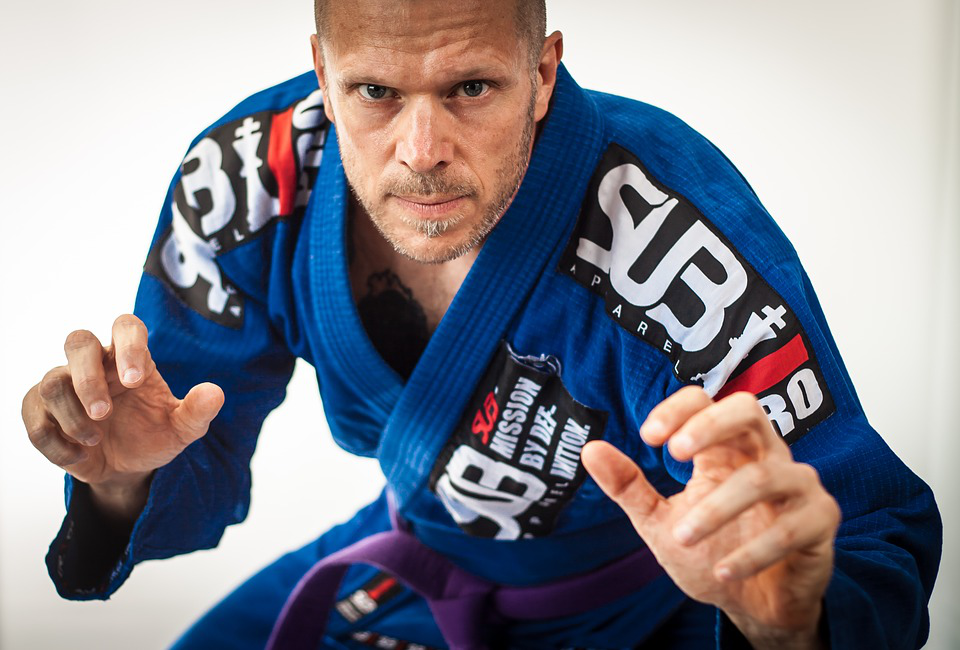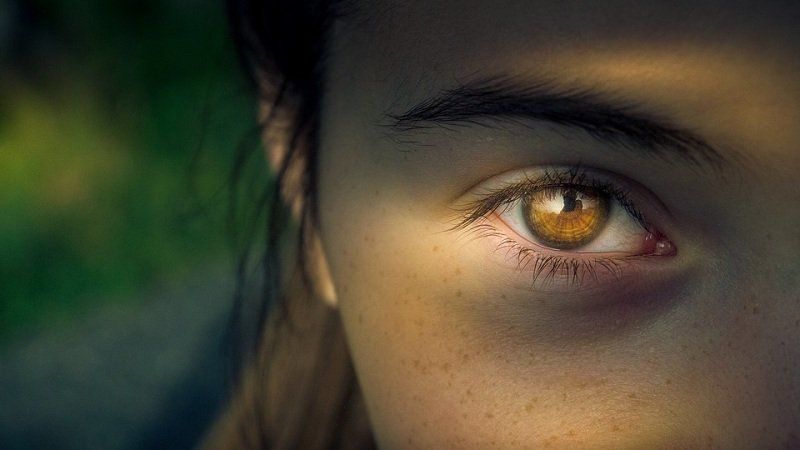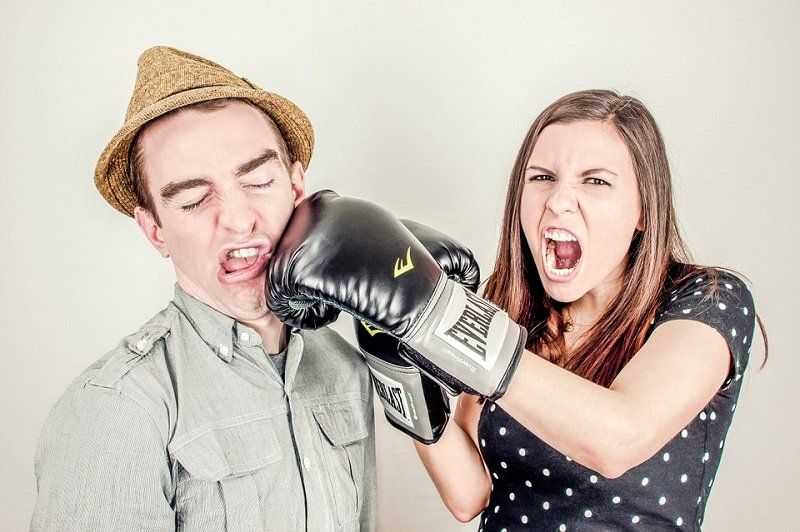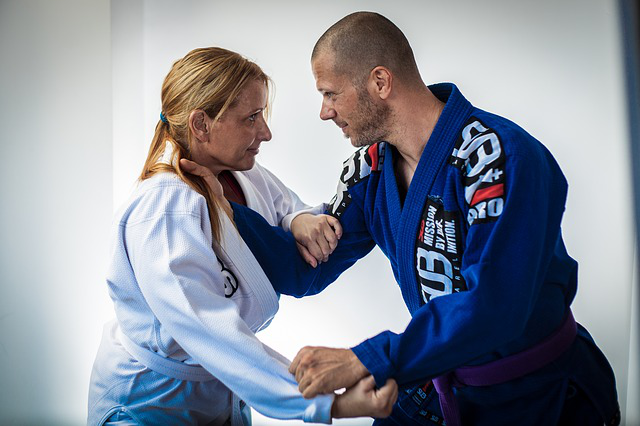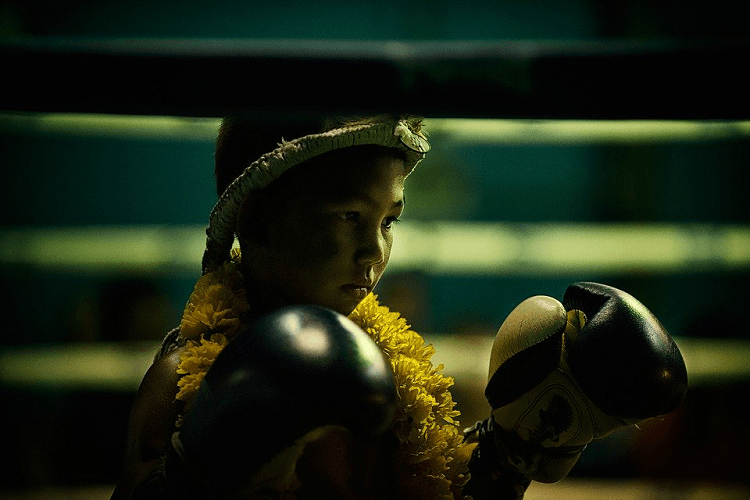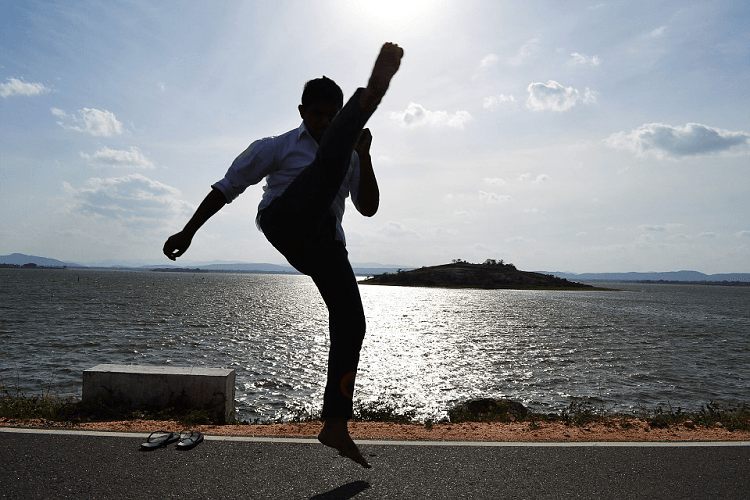Okinawan Karate-Do: The Original Karate
Most people do not realize that the origins of Karate-Do (vs. Kara) are strictly Okinawan (from the Island of Okinawa, or “Uchina” in the old Okinawan dialect). The origin of Karate is not from China through Chinese boxing, or Japan where it was popularized in the 1920’s by Gichin Funakoshi of Okinawa and from the Itosu lineage (same lineage as that of the WKKJO ). Although China and Japan did have significant influences on the development of Karate-Do, the Way of Karate is strictly from Okinawa.
Karate began in Okinawa under the original name of Toudi (or Touti) with the word Tou being a reference to the Tang dynasty of China, and “di” or “ti” being the old Okinawan word for “hand”. Thus, the original term for Karate translated into “Chinese Hand”, and this is likely why the Chinese influence of Karate has been largely misunderstood. Although the Chinese martial arts have a long history in China and certainly influenced certain aspects of Karate, Chinese Kung Fu is not the origin of Karate (or even the primary influence). Toudi had a long history on the Island of Okinawa, and was likely established as an indigenous art of the island, before it was influenced by many martial arts over the centuries, including, Kung Fu, Chinese wrestling, and even Muay Thai or Siamese Boxing.
Karate as we generally know it was developed primarily during the 19th century, when the “ti” arts of the Okinawan provinces of Shuri, Tamari, and Naha were formulated by legendary figures that include Kanga Sokugawa, Sokon Matsumura, Yasutsune “Anko” Itosu, and Chojun Miyagi. Before this time, historic records are very sporadic and unreliable, and most of what we know about the art has been handed down by word-of-mouth, and is largely based on legend.
By the turn of the 20th century, the term “ti’ had been largely replaced by the Japanese term “te”, and the art was commonly referenced simply as “Te” by this time. As Karate was becoming established in Japan through the efforts of Gichin Funakoshi and others, the prominent Okinawan Te masters met in 1936 to discuss the future of Te (or Kara-te as it was becoming known), and what future course the art should take in order to thrive in a modern world. Here the term “Kara” was an alternative to the word “Tou” in modern 20th century dialect, but an alternative interpretation of Kara in Japanese is “empty”. So, Kara-te (or “empty hand”) became the established term, and at this 1936 meeting the Okinawan masters also agreed to add the term “do” or “way” to form the complete term Karate-do (or “way of empty hand”). The addition of this suffix arose, in part, because there was a prevalent practice in Japan to replace the term “jitsu” (art) with the term “do” (way”) in order to emphasize the belief that the martial arts also cultivate ones spirit - we see this term being adopted with Kendo and Judo, which formerly were known as Ken-jitsu and Jiu-Jitsu. Karate was also occasionally referenced as “Karate-jitsu” before the term “Karate-do” was formally established (Funakoshi’s original book on Karate published in the early 1920’s was even titled “Karate-jitsu”).
Thus, terminology and broader acceptance in Japan during the 20th century played an important role in the survival of Karate (particularly in light of WWII and the destructive impact this war had on the island of Okinawa).
The development of Karate was also steeped in feudal traditions, and before the 20th century, Karate was propagated only by members of Okinawa’s “peichin” class, which was an aristocratic feudal class equivalent to Japan’s samurai of the time (samurai were members of the peichin or “samur” feudal class in Japan). Although Okinawans were generally not samurai in the traditional sense (i.e., sword masters in service to a feudal Japanese lord, or Shogun), these Okinawan peichin served as officials, scholars, teachers, and also bodyguard/protectors for the King of the Ryuku islands.
My teacher of Ryu Kyu Hon Kenpo Kobujutsu was a small (by stature) Okinawan man by the name of Seikichi Odo , and his family was descended from this original Samurai / Peichin feudal class of scholars. He was a visionary in his time and combined Kobudo (weapons) training from the Matyoshi Lineage with Karate from the Nakamura lineage. This sort of amalgamation was revolutionary in his time. Unfortunately, turf, tradition, and trust (the three T’s) slightly ostracized him from more conservative groups. Personally, I was drawn to this adventuresome and pioneering spirit. He was and always will be an inspiration for me to continue to preserve, cultivate and contextualize the old ways as they apply to our modern application.
Dai Sensei Seikichi Odo taught and exemplified the following 20 precepts of Karate-Do as taught through the Odo Sensei’s RHKKF and the WKKJO, which have been clarified by Gichin Funakoshi:
1. Karate-do wa rei ni hajimari, rei ni owaru koto wo wasuruna.
Karate begins and ends with courtesy.
2. Karate ni sente nashi.
There is no first attack in karate.
3. Karate wa gi no tasuke.
Karate is an assistance to justice.
4. Mazu jiko wo shire, shikoshite tao wo shire.
Know yourself first, before you know others.
5. Gijutsu yori shinjutsu.
Spirit before technique.
6. Kokoro wa hanatan koto wo yosu.
Be ready to free your mind.
7. Wazawai wa getai ni shozu.
Accidents come from laziness.
8. Dojo nomino karate to omou na.
Karate training goes beyond the dojo.
9. Karate no shugyo wa issho de aru.
You will never stop learning in karate.
10. Arai-yuru mono wo karate-ka seyo, soko ni myo-mi ari.
Apply karate to everything. Therein lies it’s beauty.
11. Karate wa yu no goto shi taezu natsudo wo ataezareba moto no mizu ni kaeru.
Karate is like boiling water. If not given heat, it will go cold.
12. Katsu kangae wa motsu na makenu kangae wa hitsuyo.
Do not think of winning. Instead, think that you must never lose.
13. Tekki ni yotte tenka seyo.
Make adjustments according to your opponent.
14. Tattakai wa kyo-jitsu no soju ikan ni ari.
The outcome of a fight depends on how you handle weaknesses and strengths.
15. Hito no te ashi wo ken to omoe.
Think of hands and feet as swords.
16. Danshi mon wo izureba hyakuman no tekki ari.
When you step outside your own gate, you face a million enemies.
17. Kamae wa shoshinsha ni ato wa shizentai.
Fixed positions are for beginners: later, one moves naturally.
18. Kata wa tadashiku jissen wa betsu mono.
Kata is practised perfectly, real fight is another thing.
19. Chikara no kyojaku, karada no shinshuku, waza no kankyu wo wasaruna.
Hard and soft, tension and relaxation, quick and slow, all connected in the technique.
20. Tsune ni shinen kufu seyo.
Think of ways to apply these precepts every day. By focusing on one precept a day and reflecting on your achievements daily you will make adjustments and improvements to yourself and those you have influence with.
Do you know the Okinawan Karate-ka/ Kobudo-ka in the pictures below?
Agena Dojo March 2002… approximately 10 days before Dai Sensei Odo’s Passing.
Left to right:
Dai-Sensei Seikichi Odo, Simon Sherbourne, Yoshiko Odo
Martial Traditions continue to be passed on from teacher to student, as they have been passed on throghout recorded history.
